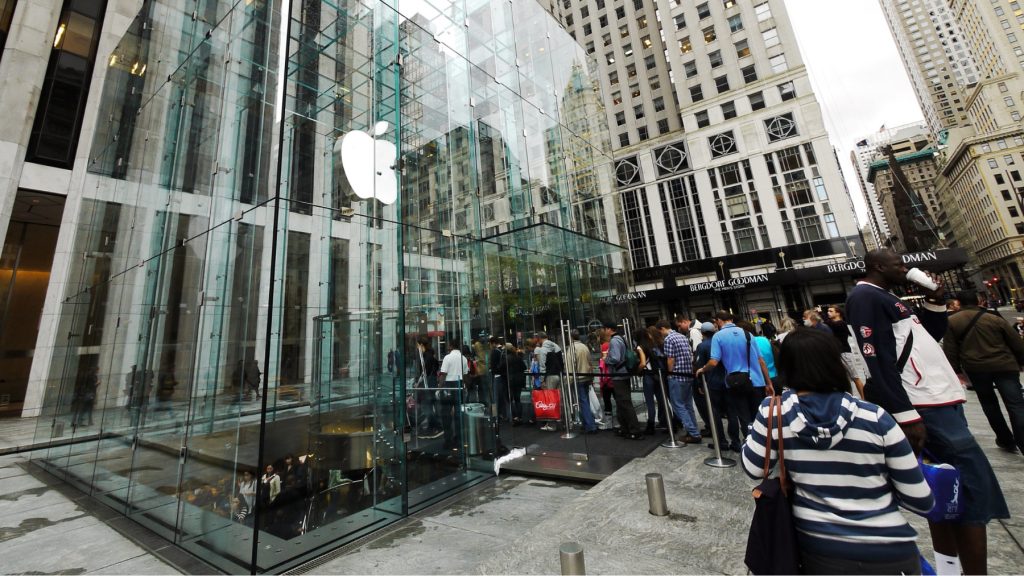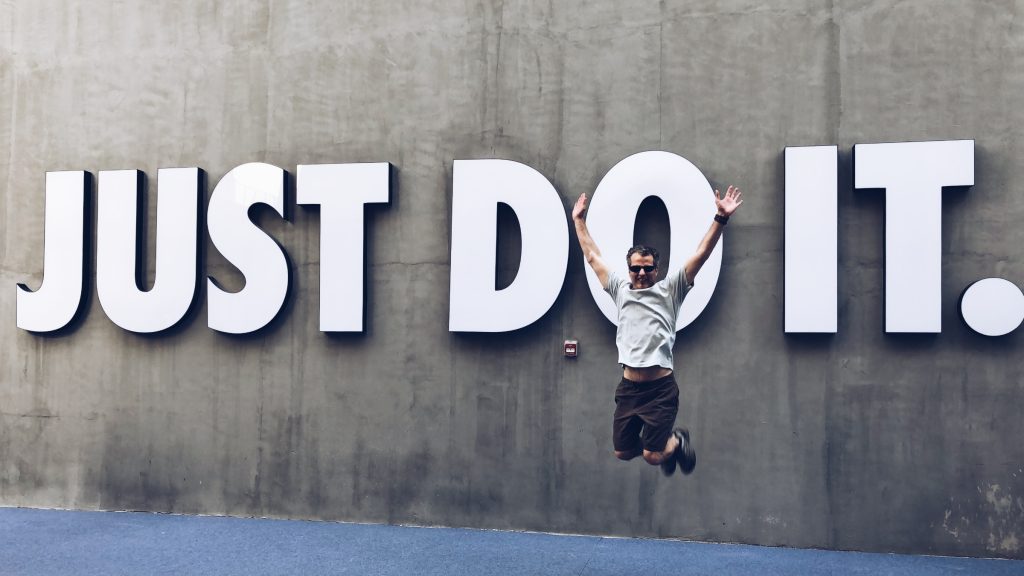
We’ve now been treated to the same scene fifteen times. The interminable queue outside New York’s Apple store every time there’s an iPhone launch. It’s such a powerful component of Apple’s brand identity that competitor Samsung even launched an attack on it when advertising their own Galaxy model. Unfortunately for them it merely reinforced why iPhone is such an icon. And if marketers didn’t know it before, they sure knew it after seeing this ad: Apple had shifted up from brand loyalty to brand tribalism.
So What is Brand Tribalism?
Brand loyalty is achieved through a user experience that first creates an expectation of performance delivery and then consistently delivers. Brand Tribalism goes level up on brand loyalty by triggering conversations amongst users of a particular brand. The brand itself has given the user a particular identity which is like a beacon to another user of the same brand. These two come together in a sort of mutual appreciation society because if they’re using the same product, they recognize a similarly superior human being. That sounds a bit harsh, I know. But even a shallow dive into the works of Nietzsche will clarify.
Simply put, brand loyalty defaults to the individual. Tribalism, by definition, is the hive mentality of the group.
How did Apple Achieve Brand Tribalism?
Let’s start with user experience, which can be likened to the first athlete out of the blocks. If you don’t gain that advantage by reacting quickest to consumer research, nothing else matters. To capitalize on user experience, you then need to build trust. That comes with consistent product quality and continuous engagement, like industry-leading customer service. But this is all standard marketing procedure to gain loyalty. How Apple have converted this to tribalism is by tapping into emotion, after a product’s functionality and ease of use has been established. And this is where the Apple brand has stood alone since the launch of the Mac in 1984. Everything the brand has achieved since then, especially the iPhone series, rides on the back of the expectations Apple invited when it launched the Mac. By shaking up the fledgling home computer market with an uncomplicated operating system, they turned everybody into a computer whizz. They democratized technology, basically. And you could see it by the evolution of their slogans. For a while, Apple’s slogan was ‘For the rest of us’. Then it evolved to ‘Think different‘.
Is it any surprise that given this consumer-facing attitude, coupled with a product that was not only easy to use but operated best in its own accessible ecosystem, that we will continue to see crowds prepared to wait all night just to get into the Apple Store on launch day?
These are people who’ve just been hopped up on crash media diet of mouth-watering innovation. The tribe needs that happy ending, even if the performance of the new product isn’t quite up to expectations.
Apple may stand alone in the realm of information technology brand tribalism. But it shares brand tribalism status in pop culture with none other than Nike.

The Road Less Travelled
Prior to 1988, ask any English language advertising afficionado what was the gold standard in slogans and the universal answer would be ‘It’s the real thing’. It endorsed Coca-Cola’s credentials as being older than Pepsi and therefore the authentic cola drink. It also confirmed the physiological properties of the drink as genuine refreshment and through the tone of its advertising, focused on sharing real moments with friends.
Then Nike arrived like a wrecking ball and rewrote the guide to writing slogans. ‘Just do it‘ was, and still is, a brilliant example of what happens when you talk about your target audience and not about yourself. You engage quicker and your target audience become your advocates for the functionality of your product. That means your most effective sales tool becomes your customer. Their assault on the marketplace was two-pronged. First, tell emotional stories that, mentally at least, unlock the inner athlete in all of us. As if merely wearing a Nike product made us feel like we were a better version of ourselves. Then Nike spent hundreds of millions on the sponsorship of top athletes. This was akin to every Nike-sponsored athlete acknowledging, as one of their own, anyone whose apparel carried the Swoosh icon of the Nike logo.
Their stories, told through TV commercial-length short films were hugely emotional and extremely personal. And when social media started to become the influencing force it is today, Nike was the first brand to embrace the community-building potential of this new media. Their empowering approach to women, in particular, is a masterclass. It will be the subject of lectures and discourse for another generation, at least.
Forcing Your Competitor to Play your Game
In both examples, it should be noted that both the Coke and Nike brands held or hold such an advantage over their nearest marketplace rivals, that those same rivals felt it necessary to acknowledge their brand attributes in their own slogans. Adidas uses the slogan ‘Impossible is nothing’ and Pepsi, for years, went with ‘the choice of a new generation’.
Whilst this story has been about Apple and Nike, I like to think they were both inspired by the company that may have started the whole brand tribalism phenomenon. It was Harley-Davidson motorcycles, who once asked:
“When was the last time you rode past a stranger and knew him to be a brother?”
Inside Telecom provides you with an extensive list of content covering all aspects of the Tech industry. Keep an eye on our Insights section to stay informed and updated with our daily articles.